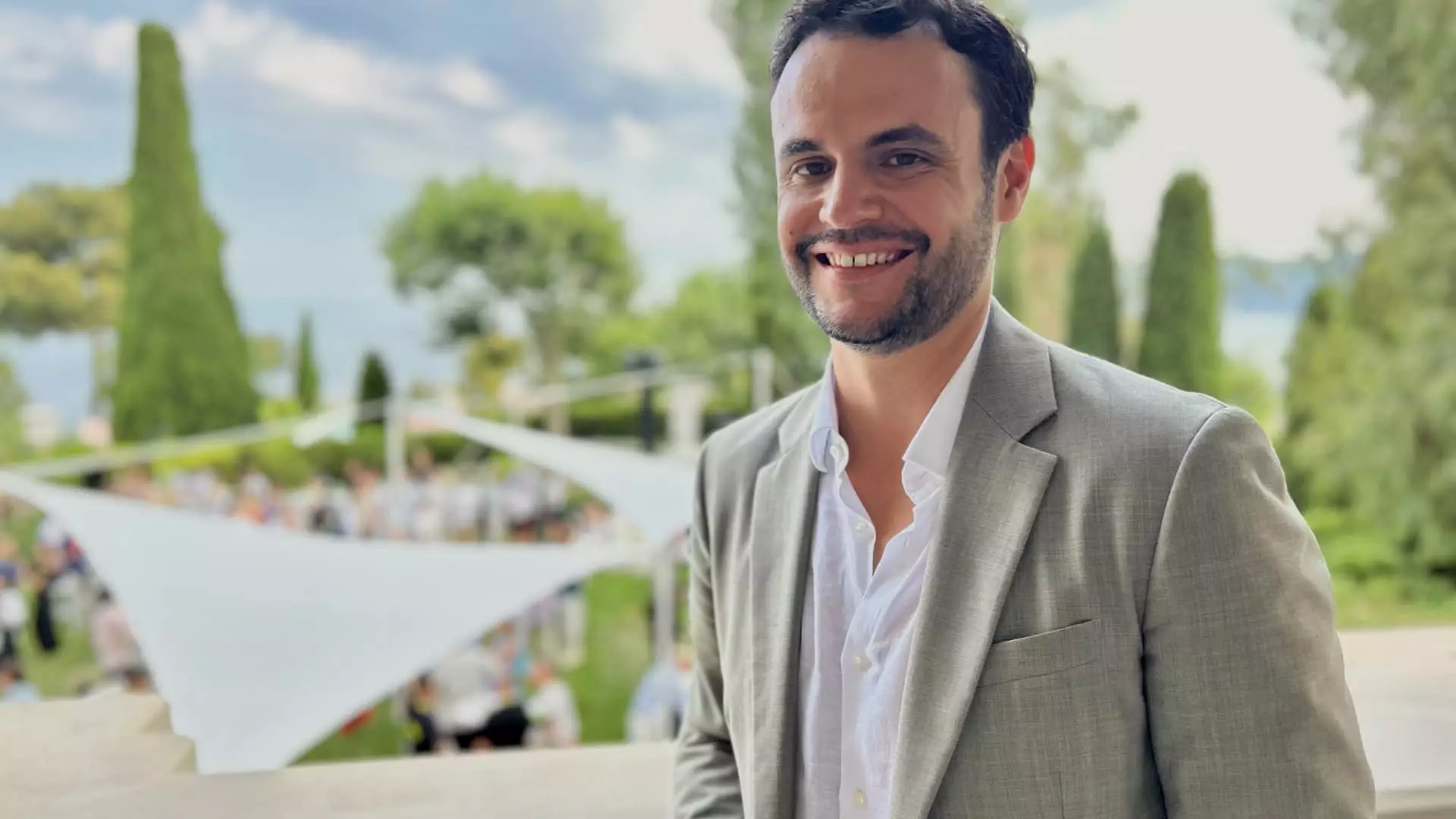Johann Kerbrat’s journey embodies a quintessential modern entrepreneurial success story, but it’s also a sharp critique of how financial systems have long marginalized small players. Starting out flipping burgers and teaching himself coding in a cramped French Riviera apartment, Kerbrat’s trajectory from scrappy beginner to Robinhood’s crypto chief isn’t just about individual grit—it underscores an urgent need for disruption in finance. His early fintech venture, a no-code payments platform, anticipated today’s demand for democratizing digital commerce. This wasn’t mere coincidence; it revealed how traditional finance and e-commerce were shackled by gatekeepers demanding exorbitant fees and technical know-how, effectively locking out countless small merchants.
Yet Kerbrat’s rise also exposes an uncomfortable truth often glossed over in the ongoing crypto euphoria: the pace of innovation can outstrip public understanding and regulatory oversight. Constructed from such a bare-bones start, Kerbrat’s current perch—from a luxury Cannes hotel overlooking the Mediterranean—highlights the stark contrast between the bootstrap ethic of startup culture and the gilded world of high finance he now operates in. To some, this might feel like the classic rags-to-riches story; to others, it raises questions about the sustainability and inclusiveness of burgeoning crypto ecosystems.
Crypto’s Quiet Revolution: Unseen Plumbing or Overhyped Hype?
A central thesis from Kerbrat’s work is the ambition to make cryptocurrency as invisible and reliable as water flowing from a tap—“plumbing” that users don’t need to think about. This metaphor is compelling but also somewhat naive. Unlike water services, crypto infrastructure is built atop layers of unresolved regulatory complexity, volatility, and technological fragility. The recent announcement from Robinhood—featuring tokenized U.S. stocks and ETFs, crypto staking, and perpetual futures—offers genuinely novel products, but they reflect a broader trend of marrying traditional finance with blockchain under the assumption that integration will solve legacy inefficiencies automatically.
From a center-right liberal perspective, innovation is vital, but it must be tempered by realism. Markets thrive when participants can trust the rules and when innovations do not precede adequate regulation. Robinhood’s bullish move—risking pioneering complex financial products across 30 European countries amid a murky regulatory landscape—reflects boldness but also recklessness that could undermine investor confidence if not carefully managed. The promise of zero commissions and 24/5 access sounds democratizing, but product complexity can obscure risk, particularly with leveraged perpetual futures.
A Stark Reminder of Finance’s Fragility and Failures
Kerbrat’s awakening to systemic flaws—ignited by hearing how Greek families endured frozen bank accounts during the eurozone crisis—reminds us how precarious financial systems remain for everyday people. The allure of crypto is partly anchored in an idealistic vision: a decentralized, accessible financial network free from such arbitrary freezes and exorbitant fees. Yet, the current iteration of crypto markets often reproduces the same pitfalls: opacity, uneven access, and volatility. Robinhood’s expansion in crypto staking and tokenized assets may lower entry barriers, but the structural risks tied to digital asset custody, smart contract bugs, and market manipulation persist as cautionary signals.
It’s worth emphasizing that while crypto proponents like Kerbrat speak of “mass adoption” as a seamless user experience, this glosses over the educational deficit around how these instruments work and the risks they entail. Accessibility without adequate consumer protection runs the risk of repeating the mistakes that caused the 2008 financial crisis, only in new digital guise.
Innovation Without Regulation Is a Game of Russian Roulette
Robinhood’s market valuation surge since its crypto product announcements is a potent example of how investor enthusiasm often drives reckless optimism. Kerbrat’s vision for a custom Layer 2 blockchain catering to real-world asset settlement sounds promising, but the operational and legal hurdles are massive. Accelerating product launch timelines to capture market share can sideline essential due diligence and expose retail investors to dangers masked by sleek app interfaces.
In a well-functioning market, innovation and regulation operate in a delicate balance. As a centrist center-right liberal, I am sympathetic to entrepreneurial risk-taking, but not at the expense of market stability or consumer safety. Regulatory bodies must adapt quickly to blockchain’s unique challenges, ensuring that platforms like Robinhood do not inadvertently facilitate systemic risk or consumer harm under the banner of progress.
The Real Disruption Will Be in Trust and Education
Ultimately, Kerbrat’s story highlights that solving finance’s structural problems is not purely a technical puzzle but a societal one. Building product “plumbing” that disappears behind the scenes will only succeed if accompanied by genuine trust and understanding. Without building this foundation, crypto’s future risks becoming a playground for speculators and insiders rather than a genuine tool for economic empowerment.
Robinhood’s crypto push, while emblematic of entrepreneurial ambition, should serve as a caution. The technology is promising, but the markets, regulation, and ultimately the public need time—perhaps years—to align behind meaningful innovation. Until then, the lesson is clear: innovation is not an infallible good. It demands accountability, oversight, and above all, humility from those who wield it.

